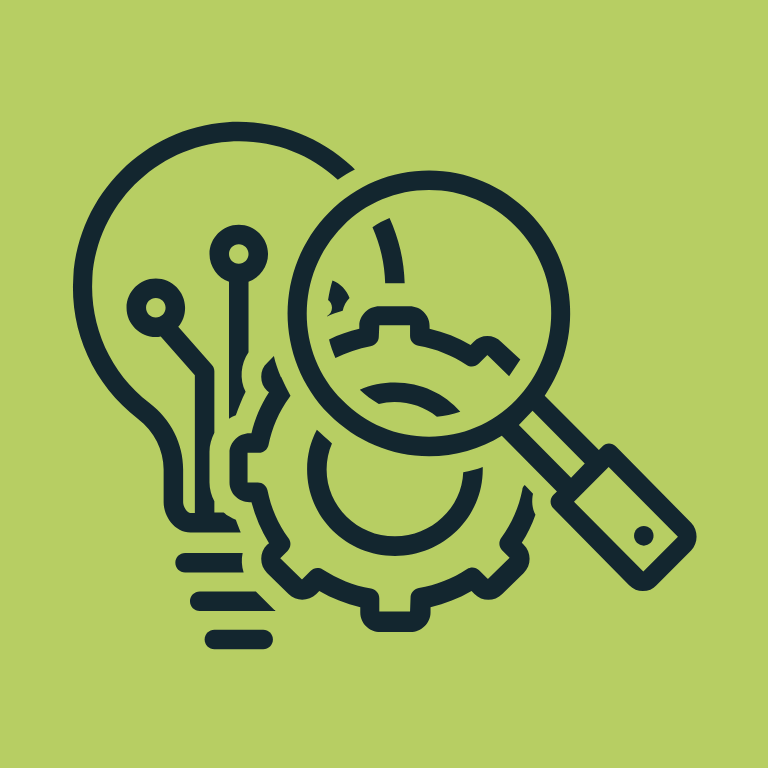What is the experiential learning process?
Experiential learning is a dynamic educational approach where knowledge is developed through direct experience. David A. Kolb’s Experiential Learning Theory (ELT) outlines a four-stage learning cycle designed to transform experiences into meaningful knowledge:
- Concrete experience – In this phase, learners actively engage in a hands-on experience. For example, during hiking, participants might learn to navigate a trail using maps and compasses.
- Reflective observation – After the activity, participants reflect on what happened. This phase allows learners to consider what worked well, what didn’t, and how they felt during the experience. Reflection helps participants make sense of their experience, enhancing future performance. Hence, after each phase of the program or the activity, gather you participants to reflect on the process and experience.
- Abstract conceptualization – Learners interpret the experience to develop theories or concepts. In hiking, this may involve understanding how different approaches to activity can further enhance intergenerational teamwork.
- Active experimentation – Learners apply the new concepts or insights in a different context. For example, participants might plan a new route based on lessons learned, reinforcing knowledge through action (Kolb, 2015; Cambridge University Press & Assessment, 2023).
How to use the learning process in hiking activities?
An example here is a hiking navigation challenge (a methodology that could be found in the H$U methodology section), where participants practice reading maps (Concrete Experience). Afterward, they reflect on their successes and challenges (Reflective Observation). Then, they analyze the strategies that worked and conceptualize improvements (Abstract Conceptualization). Finally, they apply these insights in a second challenge, experimenting with new techniques (Active Experimentation).
Preparing for each phase: facilitator tips
- Concrete experience:
- Ensure clear instructions and provide necessary equipment (maps, compasses).
- Encourage active participation and set achievable goals.
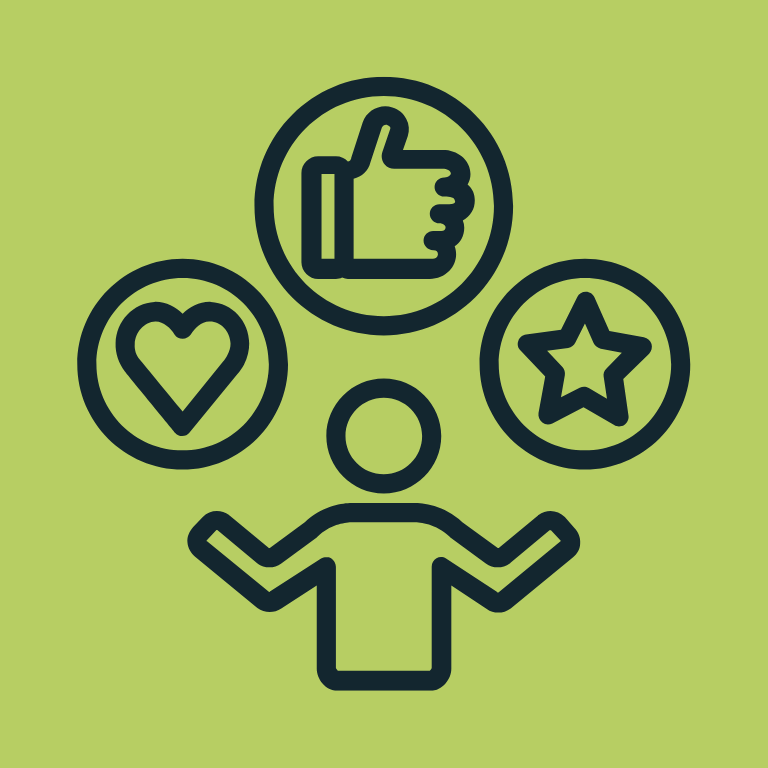
2. Reflective observation:
- Create time and space for participants to discuss their experiences.
- Ask open-ended questions, such as, “What did you notice?” or “What was challenging?”
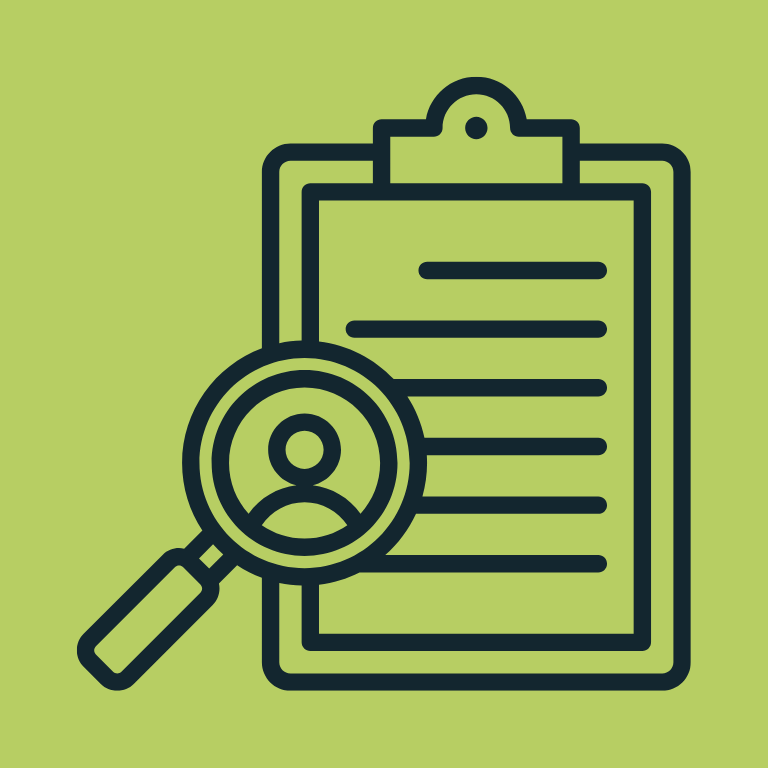
3. Abstract conceptualization:
- Guide participants in identifying patterns and formulating lessons.
- Use visual aids (e.g., diagrams) to help conceptualize insights.
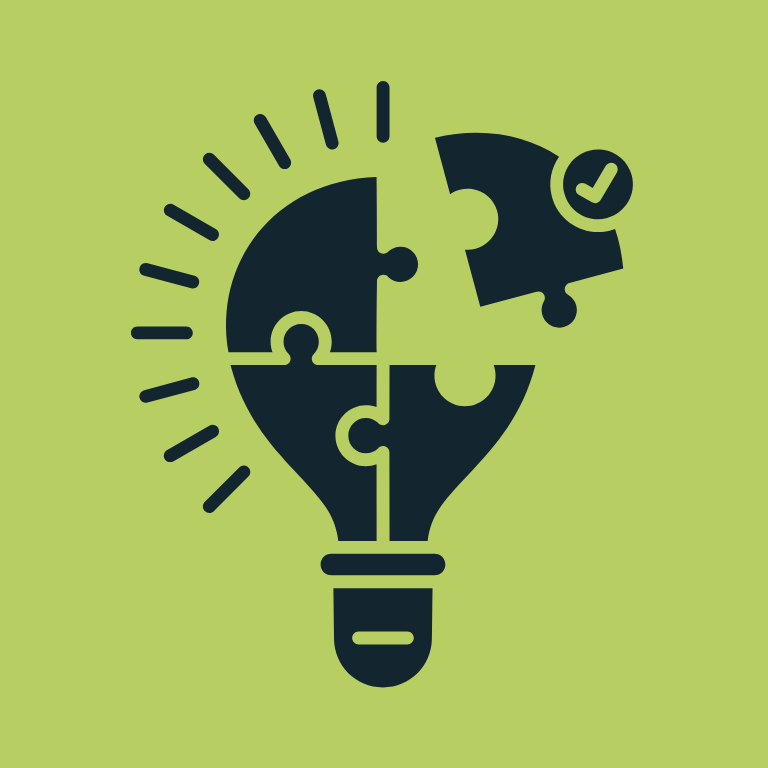
4. Active experimentation:
- Encourage participants to apply what they’ve learned in similar activities.
- Provide feedback and opportunities for further reflection.
